<p>The NFT space sometimes feels overloaded with copycat projects, and there can be prolonged periods when an overriding theme or aesthetic takes hold. At these moments, multiple new launches will be configured similarly, and originality takes a back seat.</p><p> At the same time, though, crypto and NFTs move quickly, and so, despite the constant presence of mimicry and trend-chasing, innovations can unfold seemingly overnight, and the urge to experiment is ever-present. This is all in the nature of an ecosystem where regulation and traditional corporate boundaries have been, up to now at least, more or less non-existent.</p><p>With all that in mind, it should be no surprise that NFTs are changing rapidly, and there are some new approaches that are currently grabbing attention.</p><p>The Royalties Debate</p><p>One of the initial often touted benefits of creating and selling art (and other content) via NFTs was that creators could take a fixed royalties payment every time one of their <a href="https://www.financemagnates.com/tag/nfts/" target="_blank" rel="follow">NFTs</a> was sold. This was on top of being able to profit directly from initial sales, meaning creators could have a strong relationship with buyers, exercise close control over what they released, and then, through royalties, receive ongoing income from secondary sales. </p><p>This model attracted artists to work with NFTs, and while profiting from one’s art is still a tough process, it at least provided one more approach to experiment with, while creating an interesting, sometimes artistically inspiring crossover between the worlds of art, crypto and finance. However, a flaw in the model is that royalties are not hard-coded into NFTs. That is, royalties are enforced by NFT marketplaces in a traditional web setup that, in this particular respect, doesn’t make full use of blockchain technology.</p><p> While everyone was talking about <a href="https://www.financemagnates.com/tag/web3/" target="_blank" rel="follow">web3</a>, this arrangement was decidedly web2, and competitor marketplaces have since come along that, to the benefit of traders, but not artists, allow NFTs to be bought and sold without royalties. This bypassing of royalties by newer platforms has generated often heated debate, as artists, not for the first time, felt that they were getting a rough deal: creating the content on which NFT markets thrive, but having a valuable income stream abruptly severed.</p><p>Most observers are sympathetic to creators, but at the same time, the culture around <a href="https://www.financemagnates.com/tag/crypto/" target="_blank" rel="follow">crypto</a> and NFTs are tech-oriented, meaning what can be done (such as royalty-free marketplaces), will be tried, and the dominant ethos is that problems should be solved mechanically and on-chain.</p><p>Check out the FMLS22 session on NFTs for Fintechs: From Asset Class to the Machinery of Ownership.</p><p>Limit Break</p><p>A well-known web3 gaming company called Limit Break is now furthering the debate with its own solution to problems around NFT royalties. Limit Break was founded by Gabriel Leydon, a prominent and influential voice in both gaming and NFTs, and the company’s DigiDaigaku NFT collection is highly valued.</p><p>The forward-thinking gaming company has already stirred the pot by pushing a new approach to web3 gaming branded as free-to-own (meaning, as the name suggests, that in-game NFT assets are initially distributed for free), and has now <a href="https://medium.com/limit-break/introducing-opt-in-programmable-royalties-and-more-through-staking-by-limit-break-3a166e3749e3">posted its plans</a> for on-chain, programmable royalties.</p><p> The system they propose is opt-in and involves <a href="https://www.financemagnates.com/terms/s/staking/" target="_blank" id="ebfdd4d9-00b3-41ff-bff5-878cd2eb105f_1" class="terms__main-term">staking</a> one’s NFT for a wrapped token which has royalties programmed in. Furthermore, those royalties can take a variety of formats, thereby opening the door, for example, to royalty sharing and all the commercial applications that might permit.</p><p> However, the system doesn’t begin and end with royalties, as many other variables could be incorporated, on-chain, into a wrapped NFT. Some of Limit Break’s suggestions include setting price parameters on secondary sales, enabling rewards such as <a href="https://www.financemagnates.com/terms/a/airdrop/" target="_blank" id="c40cecda-4a61-48eb-913e-add4c96c2f2b_1" class="terms__secondary-term">airdrop</a> eligibility, and including in-game utilities.</p><p>Above all, the emphasis is on flexibility and moving NFTs beyond their current stage of development. If NFT use, up to now, has been static, as a vehicle for art and design, then Limit Break is pushing for a more dynamic approach, which should allow NFTs to be integrated more usefully in gaming and other fields.</p><p>Layer 2 Collections</p><p>While Layer 2 is a technical term referring to protocols that operate on top of a main <a href="https://www.financemagnates.com/tag/blockchain/" target="_blank" rel="follow">blockchain</a> (such as Arbitrum on top of Ethereum), in a much looser sense of the term, we’re now seeing an experiment with a second layer NFT collection, meaning a project that is created on top of an already existing collection.</p><p> The new project in question is called <a href="https://twitter.com/MutantHounds">Mutant Hounds</a>, and it’s been performing well, but the aspect of note is that it’s built around existing content from the Yuga Labs company, in particular, the Mutant Ape Yacht Club collection.</p><p> Mutant Hounds is slick and well-executed. When it comes to continuity, the artwork and world-building splice together seamlessly with the Yuga Labs NFTs it draws on, and Mutant Hounds has now established value of its own, while (temporarily, at least) adding value to and drawing attention towards Yuga’s pre-existing Mutant Apes collection.</p><p> Where Mutant Hounds is headed long-term, remains to be seen, but it has demonstrated that in a field as inherently permissive as NFTs, existing assets can suddenly be taken in unexpected creative directions by new parties.</p><p> Taking these two developments together, enhanced NFT programmability, and the creation of projects on top of projects, we see, in NFTs, a fertile area of development, in which flexibility and creative experimentation are always at the forefront.</p><p> While the results might seem a little chaotic, and the landscape can, at times, be disorienting to navigate, we should expect, in the long term, a wealth of new concepts and novel applications.</p>
This article was written by Sam White at www.financemagnates.com.

You can get bonuses upto $100 FREE BONUS when you:
💰 Install these recommended apps:
💲 SocialGood - 100% Crypto Back on Everyday Shopping
💲 xPortal - The DeFi For The Next Billion
💲 CryptoTab Browser - Lightweight, fast, and ready to mine!
💰 Register on these recommended exchanges:
🟡 Binance🟡 Bitfinex🟡 Bitmart🟡 Bittrex🟡 Bitget
🟡 CoinEx🟡 Crypto.com🟡 Gate.io🟡 Huobi🟡 Kucoin.





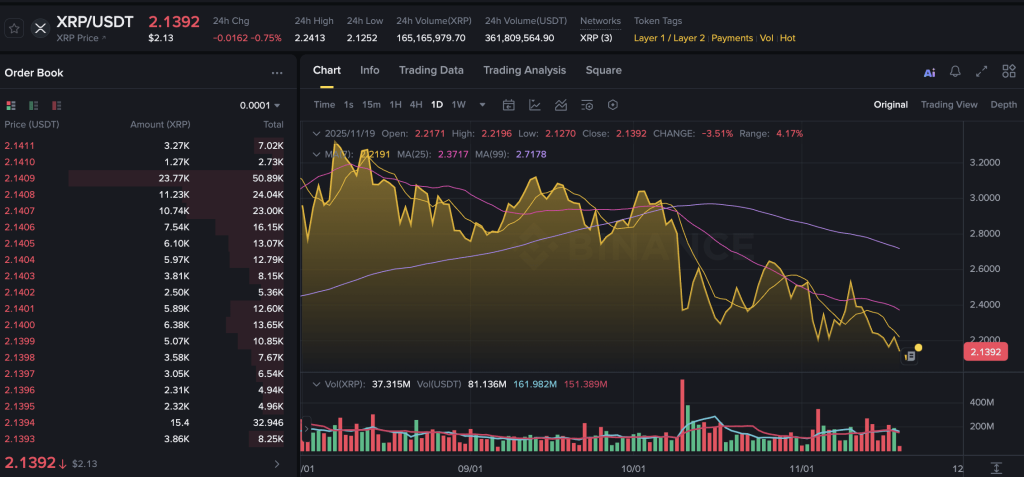
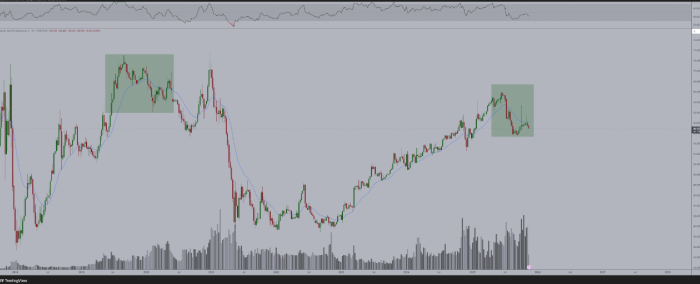



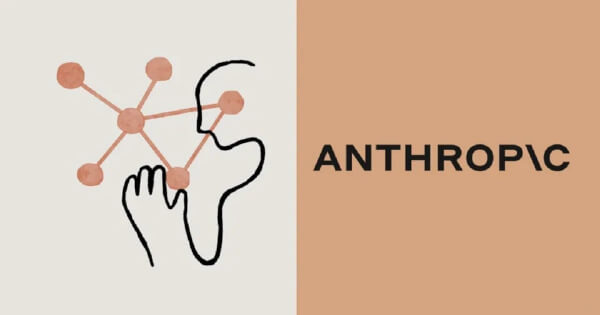

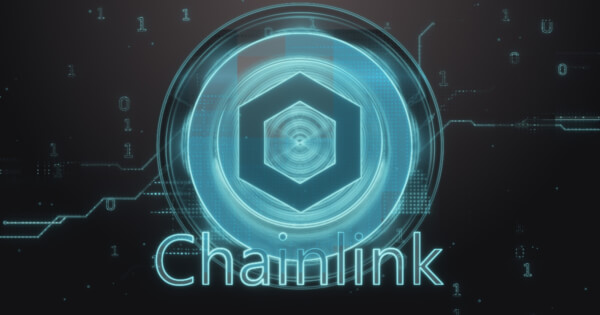


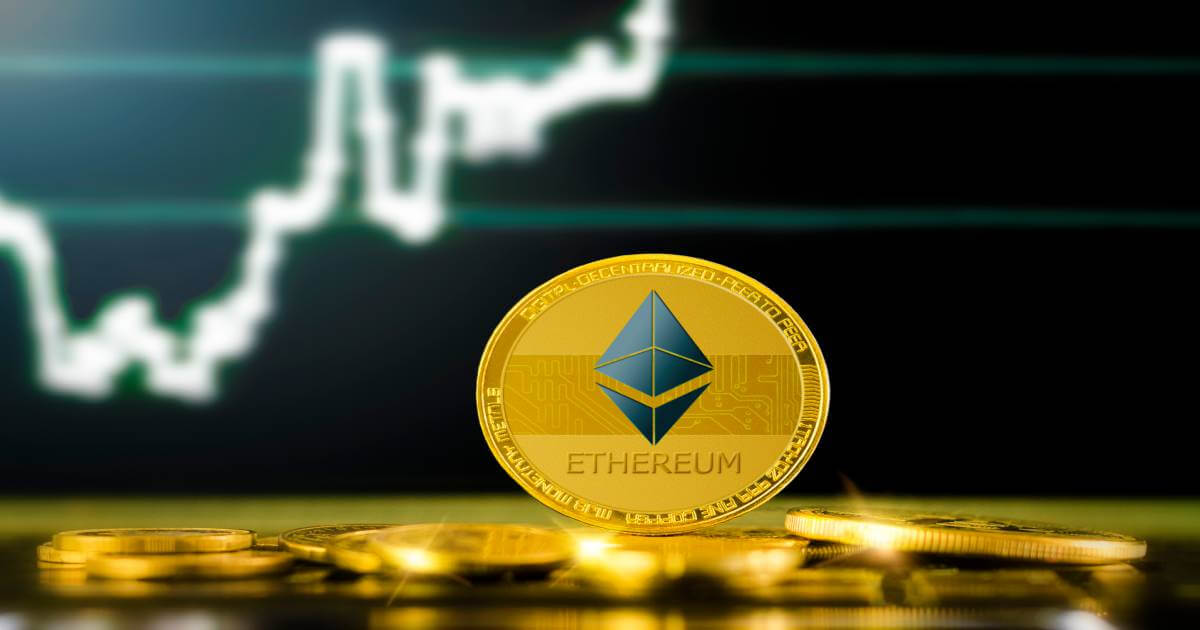

Comments